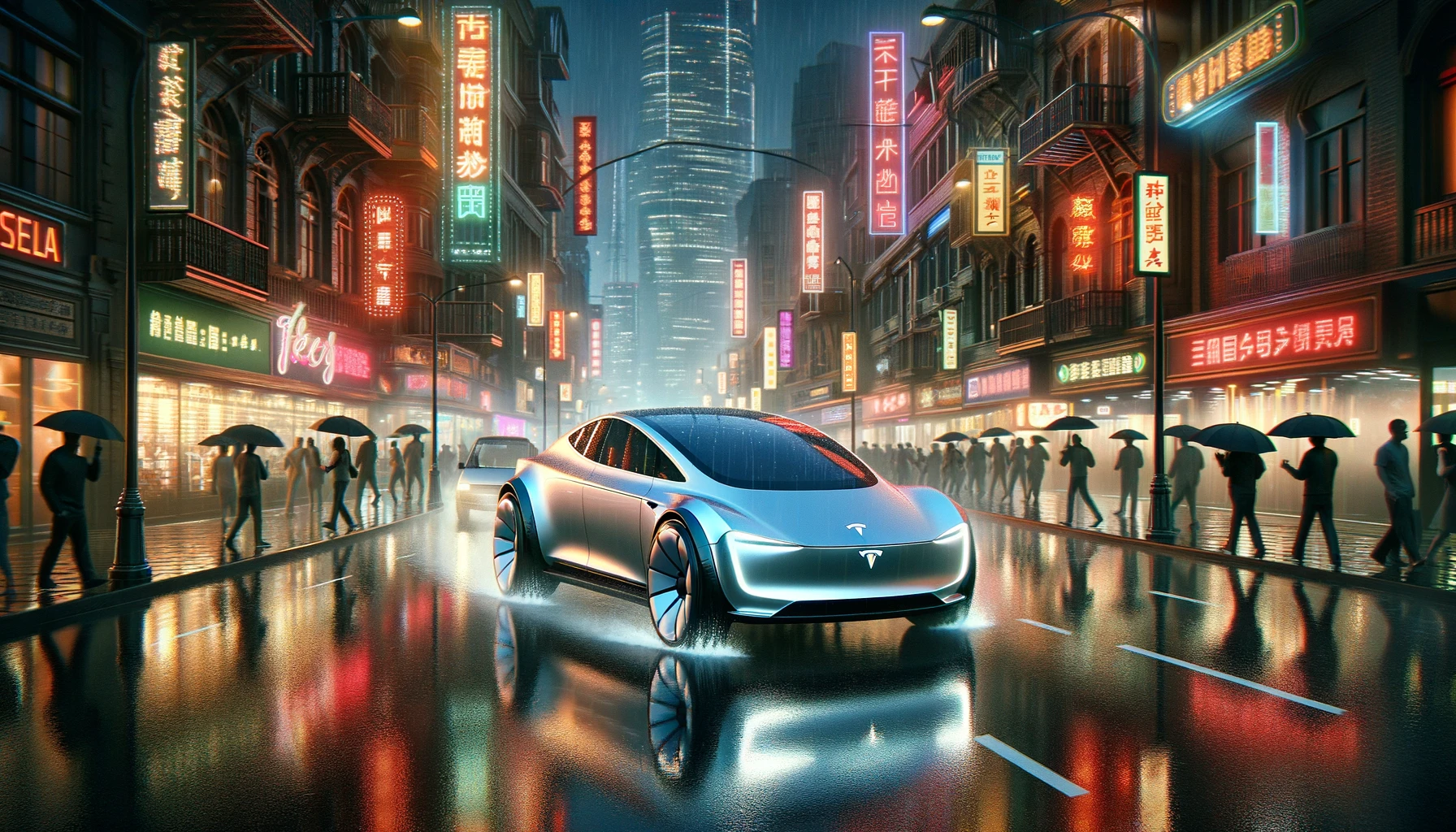In the realm of electric vehicles, Tesla’s latest move to launch upgraded Model 3 and additional Model Y variants in South Korea marks a significant stride in bolstering its market presence. This expansion comes with competitive pricing and a commitment to meet the increasing demand for electric vehicles in the Asian market. With the Model 3 and Model Y being central to Tesla’s product line, their introduction to South Korea is poised to elevate the company’s status among vehicle importers in the region.
Tesla’s journey in South Korea has been marked by an impressive growth trajectory, with the automaker quickly climbing the ranks among imported vehicle brands. Despite only offering the base Model Y RWD previously, Tesla’s registrations surged, nearly eclipsing the country’s leading vehicle importer. This robust performance was achieved in a market that typically sees fierce competition from established luxury car makers and amid global supply chain disruptions affecting the automotive industry. Tesla’s enhanced Model 3 and new Model Y variants’ arrival could further disrupt the South Korean market, potentially reshaping consumer preferences towards electric mobility.
Competitive Pricing Spurs Interest
Tesla’s updated Model 3 and Model Y have been competitively priced, attracting potential customers with their advanced features and performance. The Model 3 RWD is offered at a starting price point that positions it as an appealing option for consumers seeking entry into the electric vehicle market without compromising on quality. Meanwhile, the higher-tier Model Y Performance caters to those desiring increased power and luxury, illustrating Tesla’s strategy to cater to a broad range of preferences and budgets.
Delivery Estimates Indicate Growing Demand
The anticipation for Tesla’s electric vehicles in South Korea is palpable, with delivery estimates ranging from one to six months depending on the model. This timeline underscores the eagerness of consumers to embrace electric mobility and represents a sizable opportunity for Tesla to solidify its foothold in the market. As delivery times are usually indicative of demand, Tesla’s varied delivery window for these models also reflects the company’s operational efforts to balance production capacity with consumer expectations.
Market Performance Demonstrates Tesla’s Strength
Despite introducing only one Model Y variant in the first quarter and not selling the upgraded Model 3 at all, Tesla concluded March 2024 as South Korea’s second-largest vehicle importer. This achievement is especially noteworthy considering it dethroned Mercedes-Benz and closely followed BMW, the country’s top vehicle importer. The success is a testament to Tesla’s brand appeal and the growing appeal of electric vehicles in South Korea.
Supporting Tesla’s expansion in South Korea, insights from other sources offer additional context. An article from The Korea Times discusses the recent challenges faced by foreign automakers in South Korea, including supply chain issues and political tensions impacting deliveries. Another piece from Reuters delves into the growing competition in the electric vehicle sector in Asia, where Tesla is emerging as a dominant player. These narratives underscore the broader trends that Tesla’s South Korean foray taps into, highlighting the importance of strategic market positioning and adaptation to geopolitical factors.
Points to Consider
- Tesla’s pricing strategy in South Korea is competitive, addressing multiple market segments.
- Estimated delivery times suggest Tesla’s anticipation of high demand for its electric vehicles.
- Despite logistical challenges, Tesla’s performance in South Korea demonstrates strong market penetration and brand resilience.
The introduction of Tesla’s upgraded Model 3 and additional Model Y variants signifies a confident step in capturing the South Korean electric vehicle market. By offering a diverse range of options, Tesla is not only catering to different consumer needs but also fortifying its position against traditional automotive giants. This move could serve as a catalyst for increased electric vehicle adoption, altering the automotive landscape in South Korea. As Tesla continues to navigate supply chain complexities, its ability to meet market demands while maintaining momentum will be pivotal in determining its long-term success in the region.










